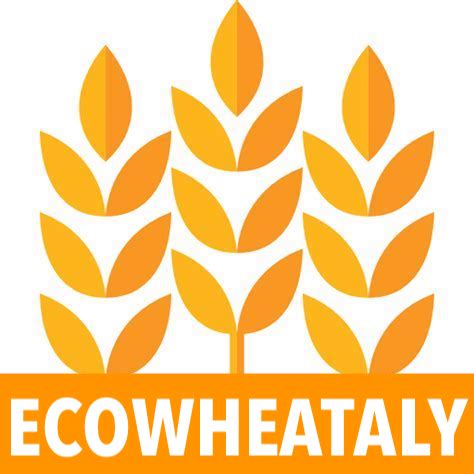Why talk about blockchain in wheat
Wheat passes through many hands: from the farmer to storage, from transporters to mills, and finally to bakeries or pasta makers. At each stage, there are documents, quality checks, and payments. Often, these data remain fragmented or not fully transparent.
Blockchain is a technology that records all this information in a shared, tamper-proof digital ledger. This means that anyone in the supply chain – and even the final consumer – can verify the history of the product.
What it’s useful for in practice
- Faster traceability: if there’s a problem (toxins, contamination), it’s immediately clear where that batch came from.
- Secure payments: farmers can be paid automatically upon delivery, without delays or disputes.
- Transparent certifications: “organic,” “sustainable,” or “glyphosate-free” become digitally verifiable.
Real-world examples
- In Australia, the platform AgriDigital handled the first blockchain wheat transaction in 2016.
- In Latin America, GrainChain used blockchain to improve payments and market access for small farmers.
- The World Bank has documented similar cases in other crops, showing more transparency, fewer disputes, and greater trust.
Limits to keep in mind
- If the input data are false, blockchain won’t “fix” them (garbage in, garbage out).
- It requires training: farmers and operators need to learn how to use the tools.
- Common standards are essential: if every project uses different rules, the systems can’t communicate.
Blockchain isn’t magic, but when combined with traceability standards and verifiable data, it can make the wheat supply chain more transparent, secure, and efficient.
Sources:
- FAO/ITU (2019). E-Agriculture in Action: Blockchain for Agriculture.
- World Bank (2019). Blockchain in agriculture supply chains.
- Khan H.H. et al. (2022). Blockchain technology for agricultural supply chains during COVID-19. Sustainability, 14(3).

